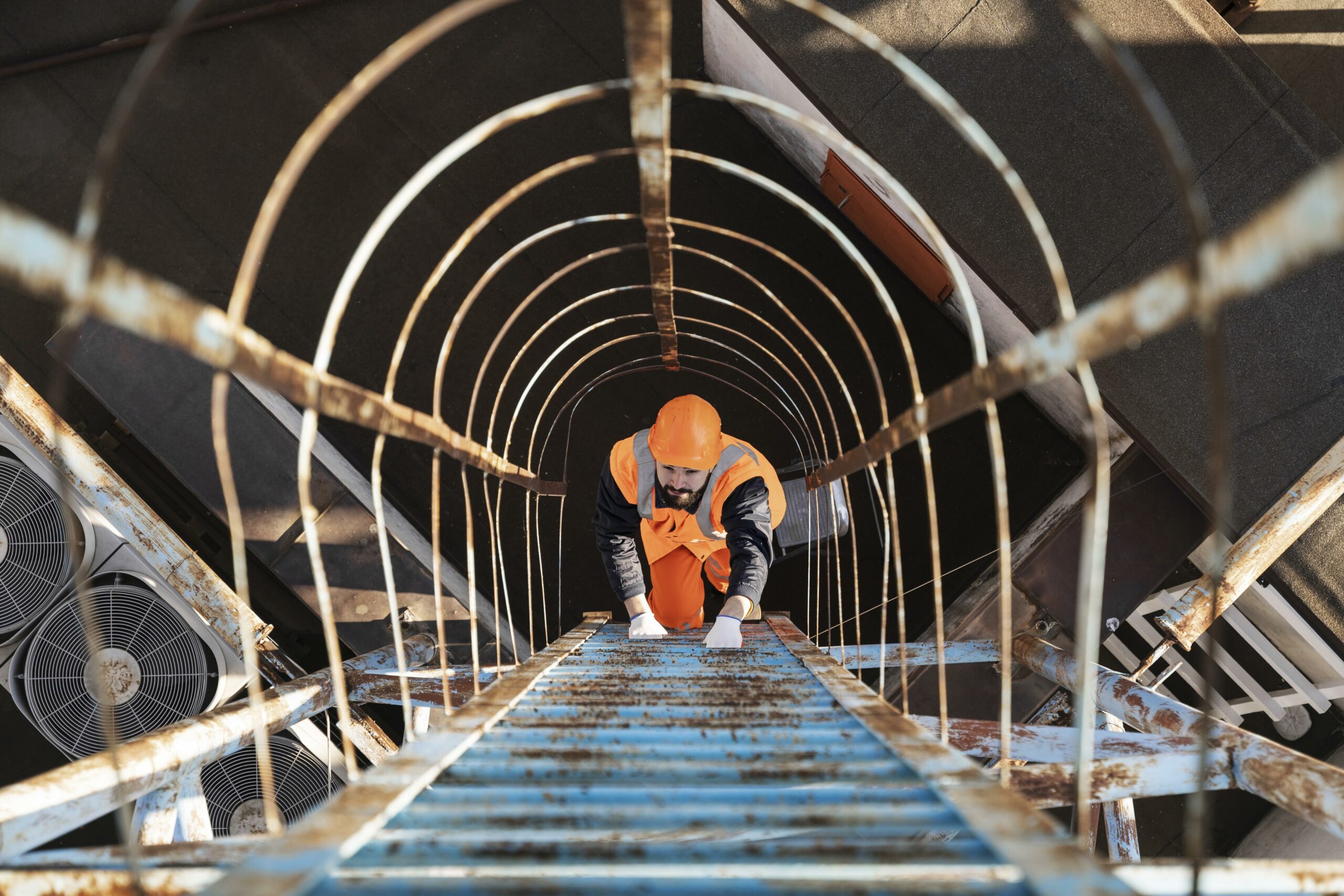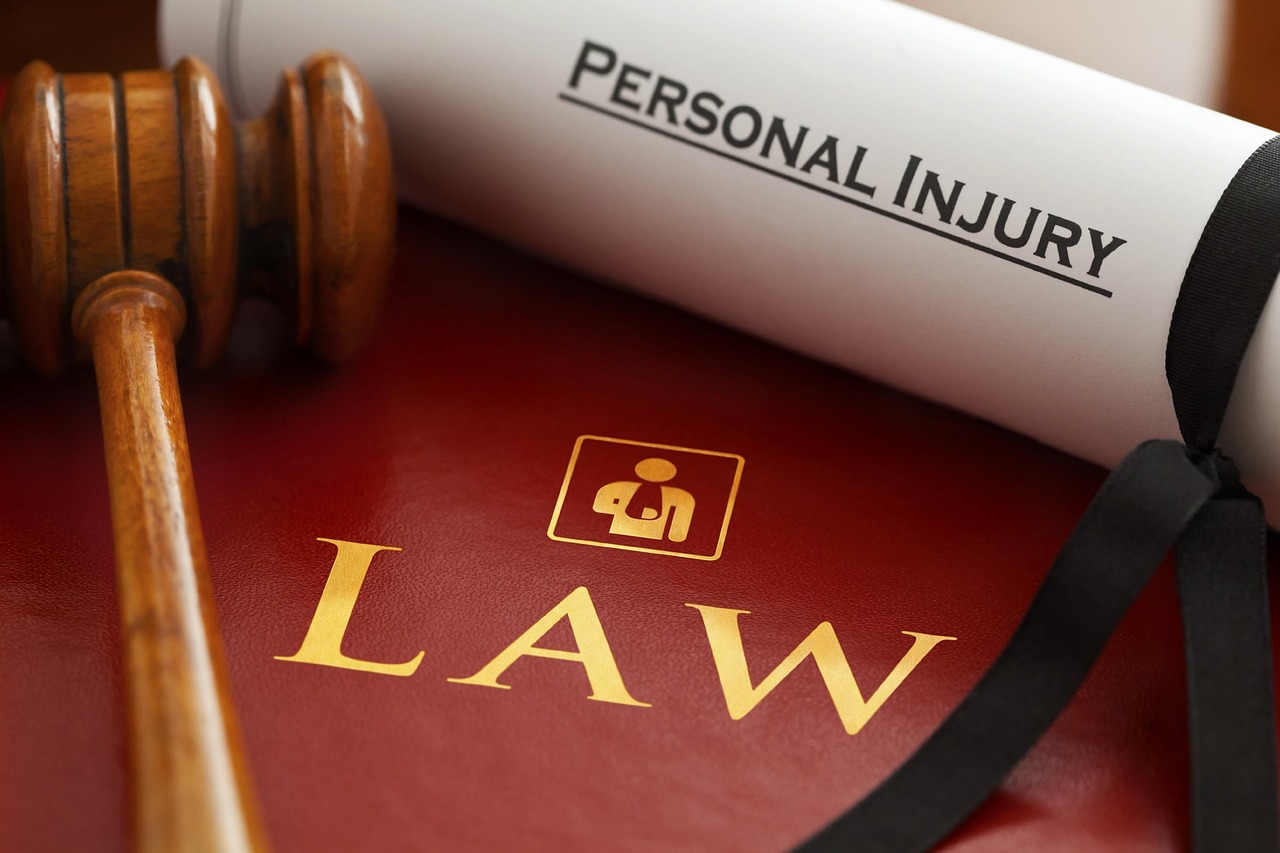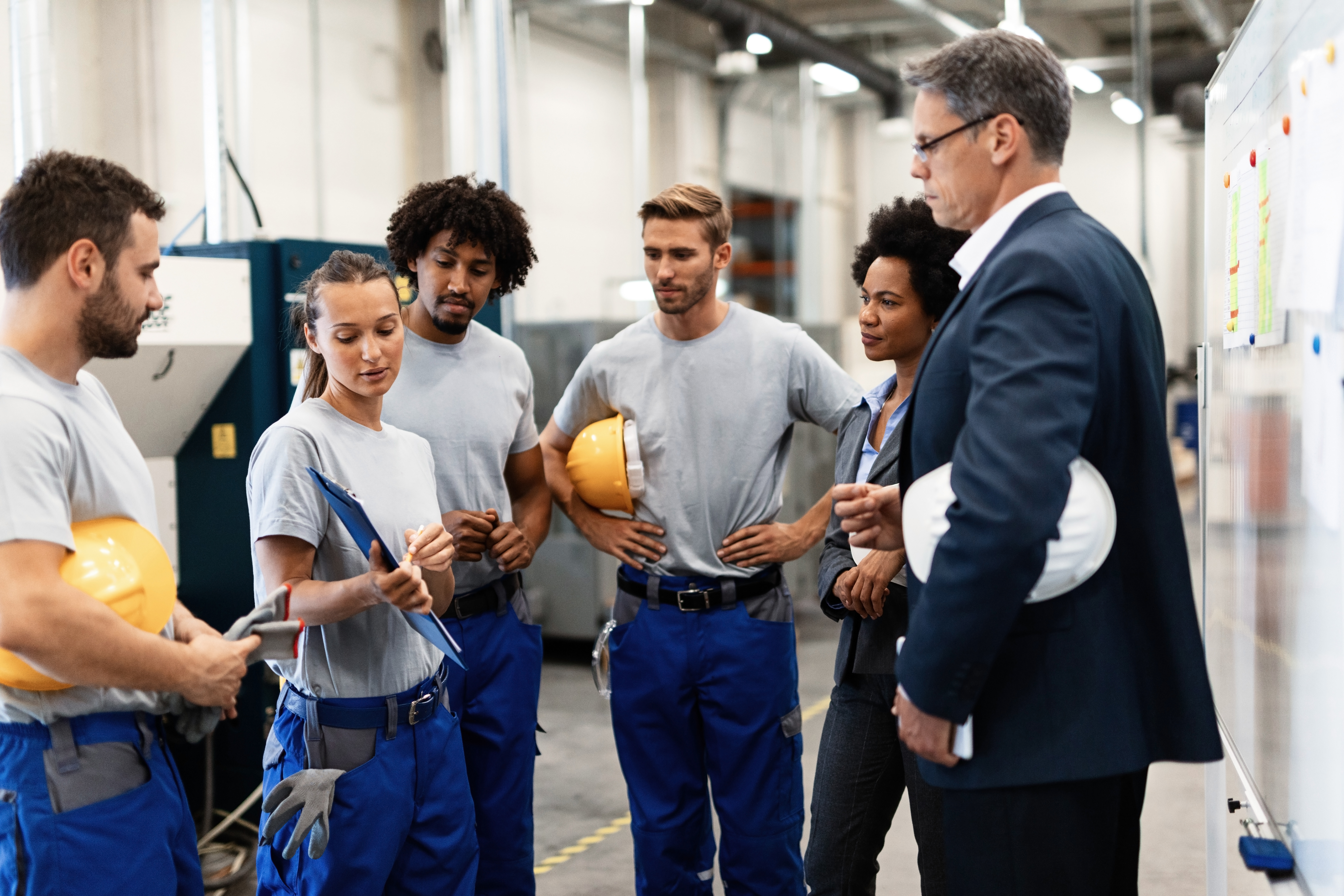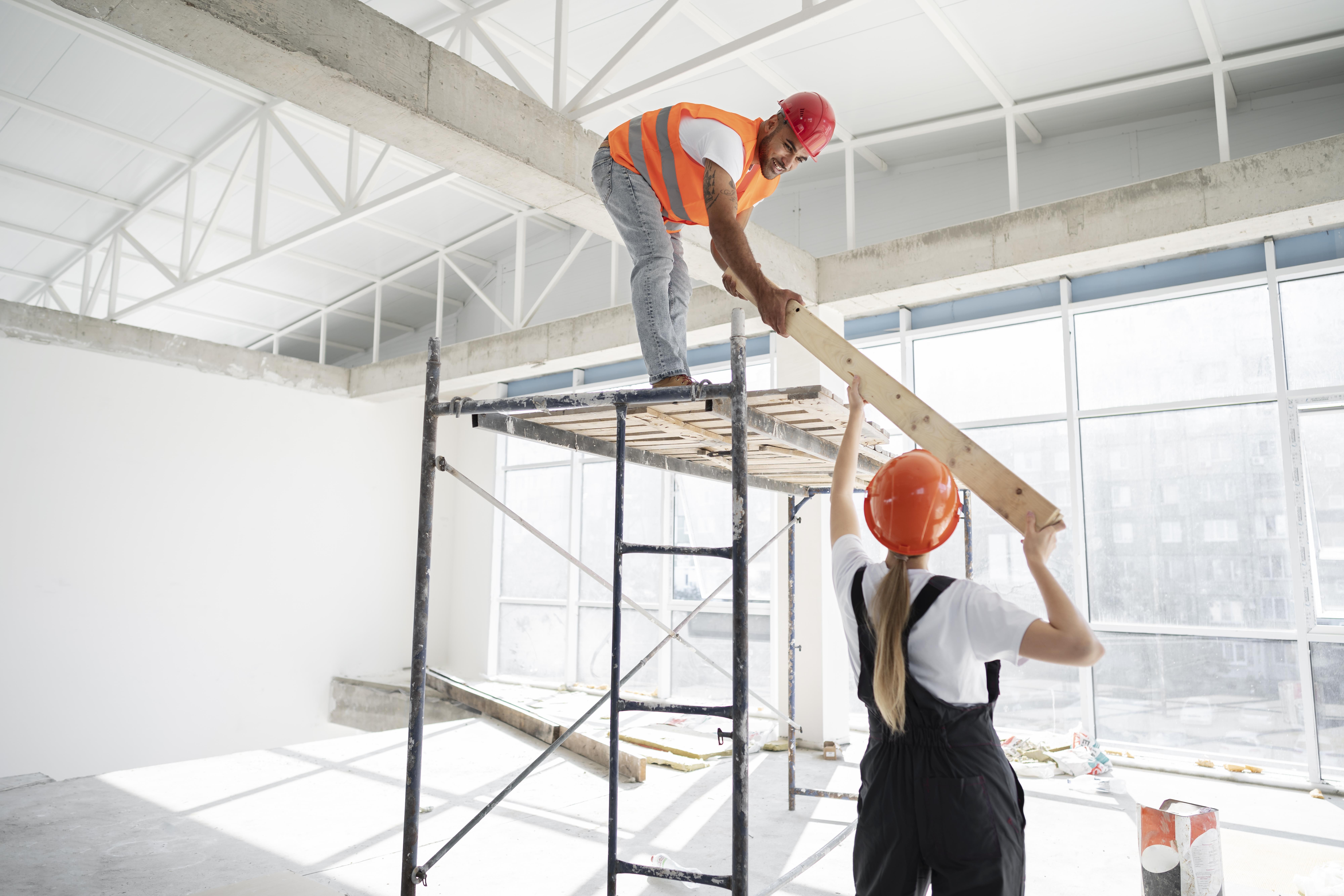Safe Working At Heights
The Edge of Danger: Safe Working At Heights We must have a serious conversation about falls from height. It's a persistent danger that has led to life-altering injuries and tragic fatalities on Irish work sites. The Health and Safety Authority (HSA) has made it clear: falls from height remain a leading cause of death and serious injury in the Irish workplace. The statistics are a stark warning. In 2024, there were 33 work-related fatalities in…
Workplace Chemical Safety
Chemical Safety in the Workplace The use of chemicals in any organisation requires safe handling and effective health and safety training. The culture of awareness needs to be instilled into all employees and contractors that handle such chemicals. Why Chemical Safety Matters In certain industries where chemicals play an important role in product development and site maintenance, the risks become higher for all colleagues on site. With varying degrees of risks from skin burns, long-term…
Working at Height – A Guide
Working at Height in Ireland Safety & Compliance Guide Falls from height remain one of the leading causes of workplace fatalities and serious injuries in Ireland, accounting for 28% of deaths in the construction sector alone (HSA, 2023). These incidents are often sudden, severe, and entirely preventable. Whether you're working in construction, maintenance, warehousing, or any other environment where working at height is required, the risks are real and ever-present. Compliance with Irish health and…
Personal Injuries at Work: How Safe Is ‘Safe Enough’?
Personal Injuries at Work How Safe Is “Safe Enough”? Every day, employees face risks that can lead to personal injuries—but with proper workplace injury prevention strategies, these incidents are often avoidable. A slippery floor or improper lifting technique might seem minor, but they can cause long-term harm. How can organizations prioritize preventing workplace injuries proactively? Why Personal Injury Prevention Should Be a Strategic Goal Personal injuries in the workplace cost businesses more than just money. They impact productivity, morale,…
New employee safety first 90 days
New Employee Safety First 90 Days: Essential Workplace Training Tips Introduction: New Employee Safety Training for First 90 Days Starting a new job can be exciting yet challenging, especially when it comes to workplace safety. New employees are more vulnerable to accidents due to unfamiliarity with procedures, equipment, and workplace hazards. Prioritizing new employee safety during the first 90 days ensures safety training from day one ensures that workers understand protocols, which significantly reduces the…
Workplace Health Safety Ergonomics
Enhancing Workplace Safety Through Ergonomics Are You Prioritizing Ergonomics in Your Workplace? Employees perform daily tasks that may seem harmless but can cause long-term health issues. Poor posture, repetitive movements, and improper workstation setups contribute to workplace injuries. Prioritizing workplace health, safety, and ergonomics is essential to prevent long-term injuries and boost productivity. Enhancing workplace health, safety, and ergonomics in a healthy workspace isn’t just about aesthetics—it’s about integrating office ergonomics into every aspect of the…
Tailored safety training
Tailoring Safety Training for Staff and Contractors One-Size-Does-Not-Fit-All in Safety Training Workplaces rely on a mix of employees and contractors, each with different roles, risks, and safety needs. However, many businesses still apply generic safety training, failing to address the specific hazards faced by each group. Tailored safety training ensures that all workers—whether permanent staff or contractors—are well-equipped to maintain a safe work environment. Digital platforms like EazySafe help businesses deliver tailored safety programs that…
Secure Workplace Culture
Building a Secure Workplace Culture: Ensuring a Secure Work Environment The Stark Reality of Workplace Hazards Workplace accidents remain a significant concern across various industries, with falls, machinery-related injuries, and hazardous substance exposure being common risks. Every year, thousands of workers in Europe suffer injuries due to preventable workplace incidents. While some sectors, such as construction and manufacturing, are particularly high-risk, no workplace is entirely free from hazards. Employers and employees alike must take workplace…
Stay Safe on Ladders: How to Prevent Falls & Serious Injuries
Ladder Safety: Common Ladder-Related Risks and How to Avoid Them Why Ladder Safety Matters Ladders are an essential tool used in homes, workplaces, and construction sites worldwide. While they make tasks like painting, repairs, and installations easier, they also pose significant safety risks when not used correctly. Every year, thousands of people suffer injuries due to ladder-related accidents, many of which could have been prevented with proper knowledge and precautions. Whether you are a professional…
Health & Safety Training with Blended Learning
Why Blended Learning is the Future of Health & Safety Training Introduction: The Evolution of Workplace Training Workplace safety training is no longer limited to traditional classroom sessions. With the rise of technology and the need for flexible learning, blended learning—a combination of online and in-person training—has emerged as the most effective way to deliver Health & Safety education. Companies are now adopting this method to ensure compliance, engagement, and retention of crucial safety protocols.…










